With the announcement that Canada will start banning single-use plastics in 2021 as part of its zero-waste movement, many Canucks were left wondering about other ways they can make a direct eco-friendly impact in their own households. Although it might seem a little daunting at first, it’s a lot easier than you might think. The trick? Start small and be aware of the under-the-radar ways you’re unintentionally destroying the planet.
For more products handpicked by our editorial team, visit HGTV Canada’s Amazon storefront. When you buy through links on our storefront, we earn an affiliate commission.
Published February 3, 2020; Updated on February 21, 2021.

Make a Meal Plan
Prepping a meal plan in advance can go a long way toward reducing the amount of waste that comes with any recipe creation. Additionally, there are a variety of ways you can make use of those so-called food “scraps” (think: broccoli stems, cheese rinds). The results can be surprising, like with this Pickled Curry Cauliflower recipe.
Related: 10 Tasty Uses for Leftover Food Scraps to Reduce Food Waste
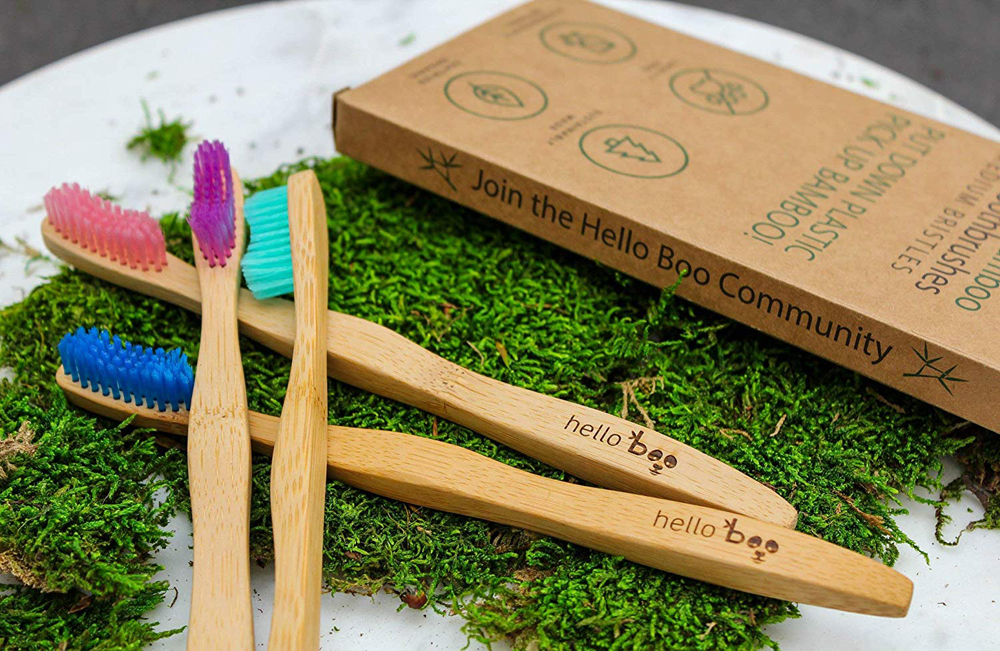
Swap in Bamboo Toothbrushes
This is an easy one to miss, but it also happens to be one of the quickest and most cost-effective ways to save the planet from the comfort of your home. Toothbrushes are, most often, made from plastic that just ends up in a landfill. Instead, opt for the bamboo variety. Bonus: they are completely compostable. As for those old plastic ones you’ve already purchased, set them aside to use for cleaning hard-to-reach spots down the road. Bamboo Toothbrushes, Amazon, $11/package of four.

Try Toothpaste Tablets
Speaking of brushing teeth, did you know that more than one billion tubes of toothpaste are tossed out annually? Consider this waste-free alternative: toothpaste tablets in eco-friendly bamboo packaging. Now that’s something to smile about! Bamboo jar + Toothpaste, Tanit, $22/two-month supply.

Beeswax Wraps
Skip the plastic sandwich bags and saran wrap and opt for this eco-friendly (and 100 per cent adorable) reusable beeswax wrap that will keep food and snacks fresh while also helping the environment. Kids will especially love choosing from a fun variety of patterns and colours. Beeswax Sandwich Wraps, Amazon, $15/pack of four.

Learn to Repair Clothing
Instead of tossing out ripped clothing, consider sending it to a tailor for mending – or learn to sew yourself. Not only is repairing the item cheaper than buying an entirely new wardrobe, you’re also reducing household waste in the process. Use old t-shirts as scraps for cleaning. Take it one step further and opt for secondhand clothing when you need a new outfit. Find more super simple ways to go green at home.
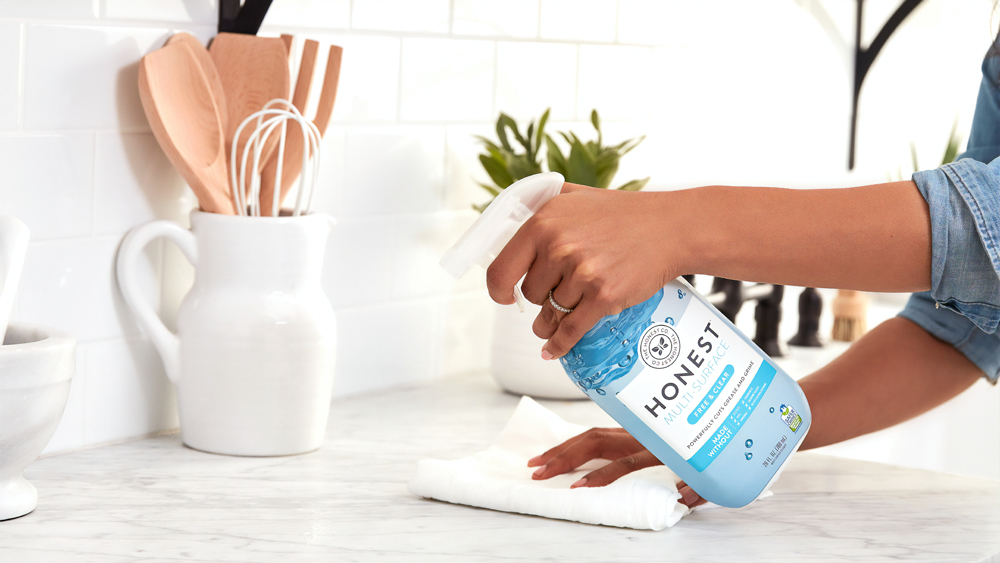
Ditch the Paper Towels
Avoid spending money on those wasteful paper towels. Instead, rip old t-shirts into cloth squares or swing by a thrift shop for a set of cloth napkins. After a couple of uses, simply toss them into the laundry for a quick wash. Find more of the best alternatives to paper towels to help reduce waste and save money.
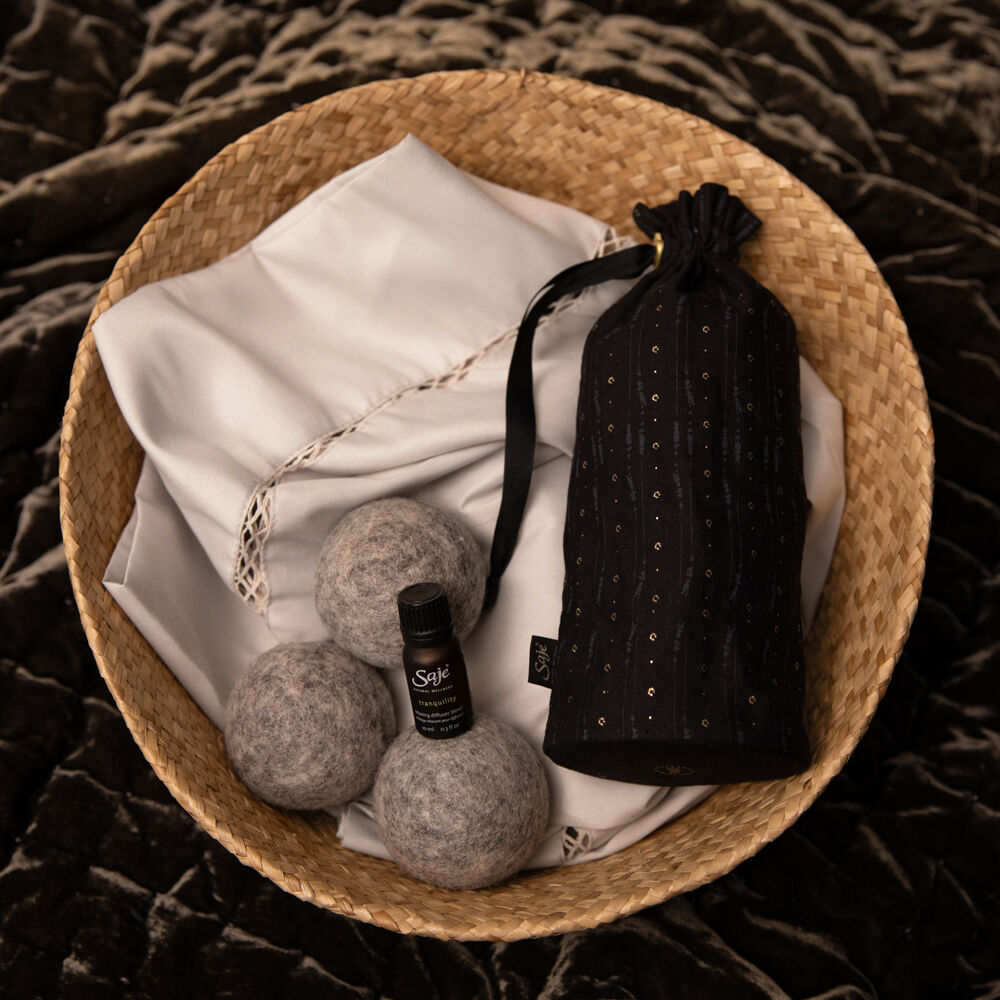
Try Reusable Dryer Balls
Wool dryer balls lightly doused in soothing essential oils are a great way to save you money while easily allowing you to cut back on those disposable (and even toxic) dryer sheets. Bonus: it’s highly cost-effective considering the dryer balls only need to be replaced every couple of years. Wool Dryer Ball Set, Saje, $24.
Related: The Home Edit Founders Share Their Laundry Room Organization Tips
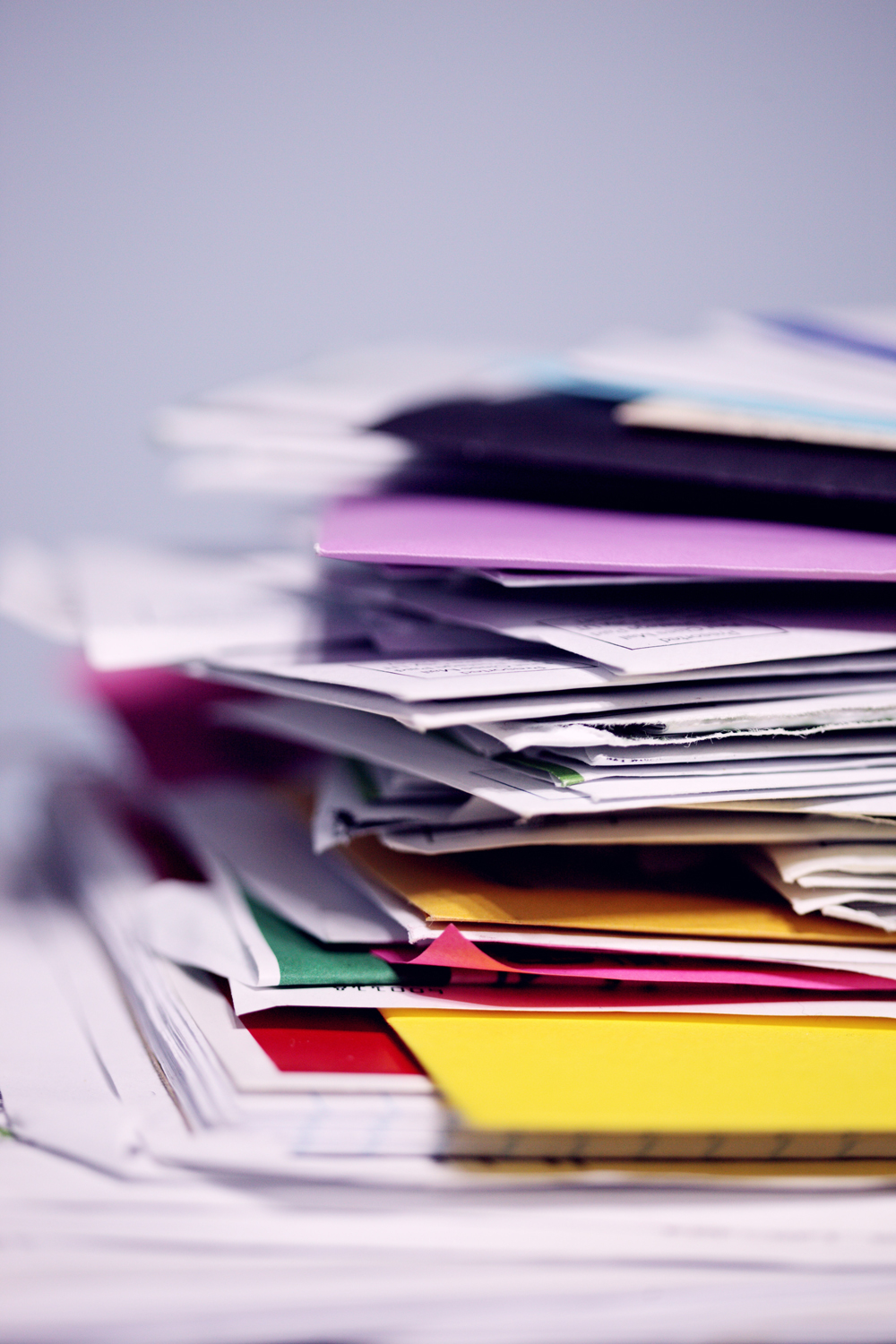
Switch to Paperless Billing
Instead of letting a sheaf of paper collect dust in your home office, spend a quiet afternoon switching all your billing over to electronic. Going paperless is one of quickest and easiest ways to cut back on household waste – we’d even recommend taking the extra step of placing a No Junk Mail sticker on your mailbox.
Related: Scott McGillivray’s 10 Eco-Friendly Home Renovations That Can Save You Money
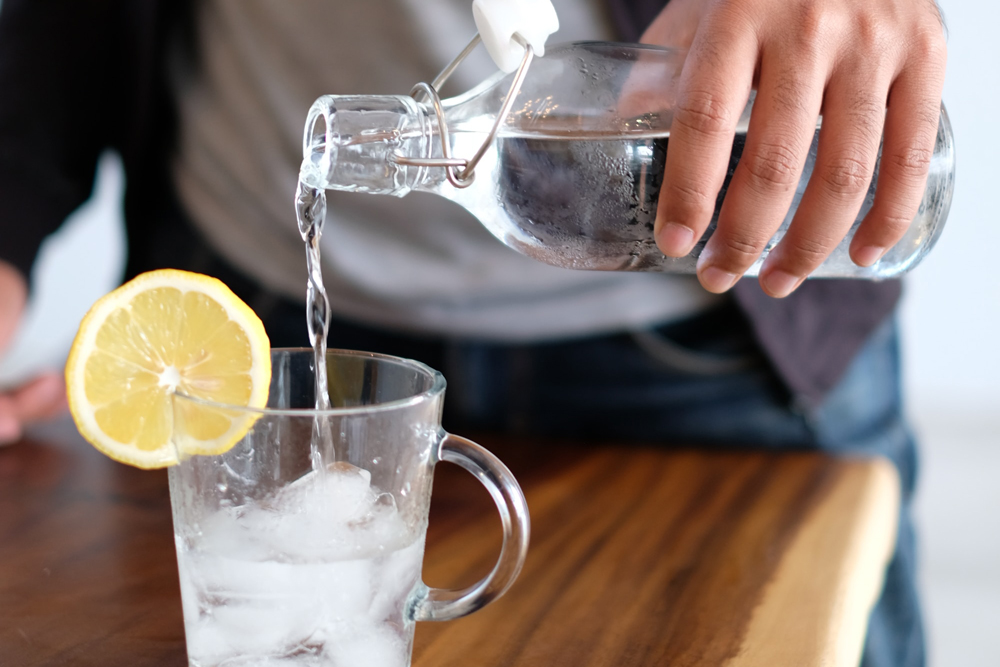
Stop Buying Plastic Water Bottles
Given the recent influx of adorable jars, jugs and containers to house filtered water, there really isn’t any need to resort to buying those harmful plastic water bottles. If nothing else, eliminating single-use plastic from your home is the easiest and most cost-effective way to save our environment. For more inspiration, check out these products that will help Canadians transition to a plastic-free household.
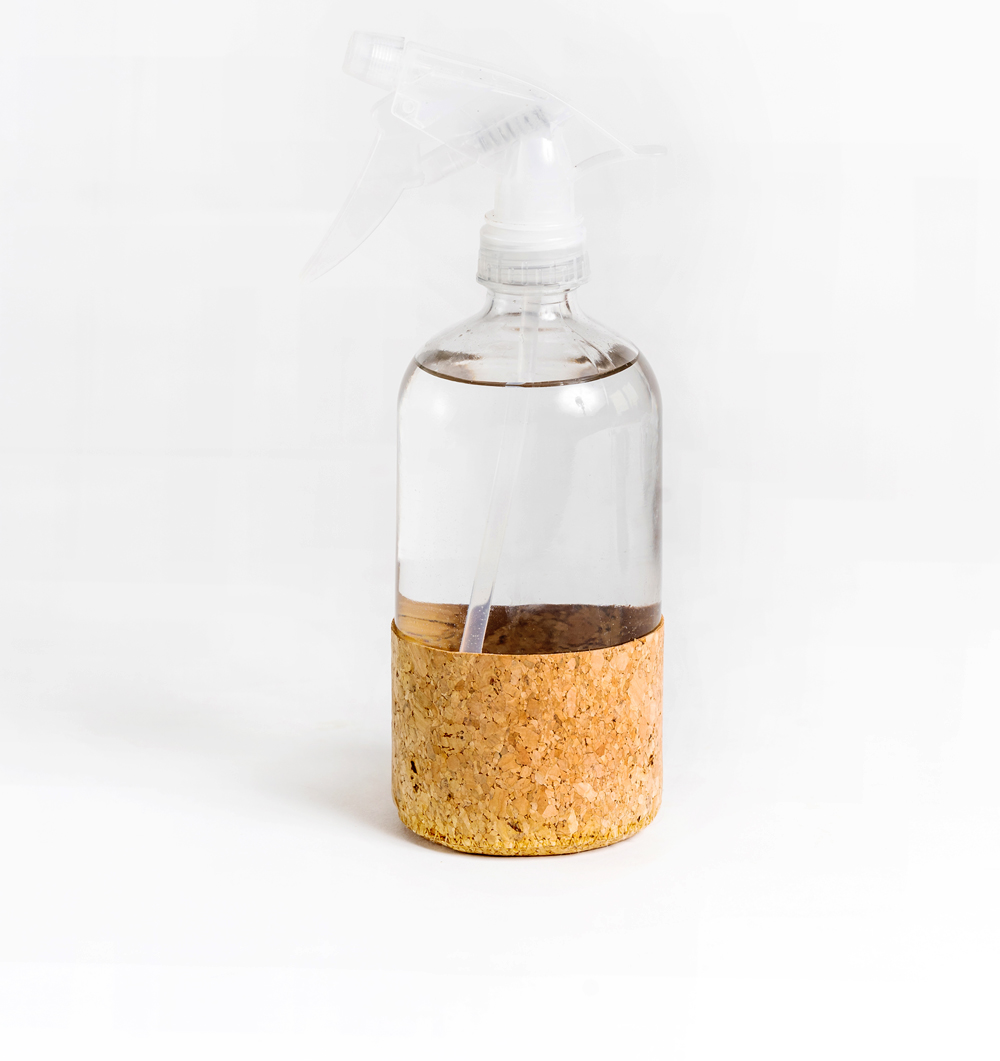
Reusable Cleaning Jars
Don’t stop at eschewing plastic bottles: consider axing cleaning supplies that come in plastic containers, too. This reusable glass bottle features cork backing, which grabs all surfaces to prevent tipping. Reusable Spray Bottle, Tanit, $15.
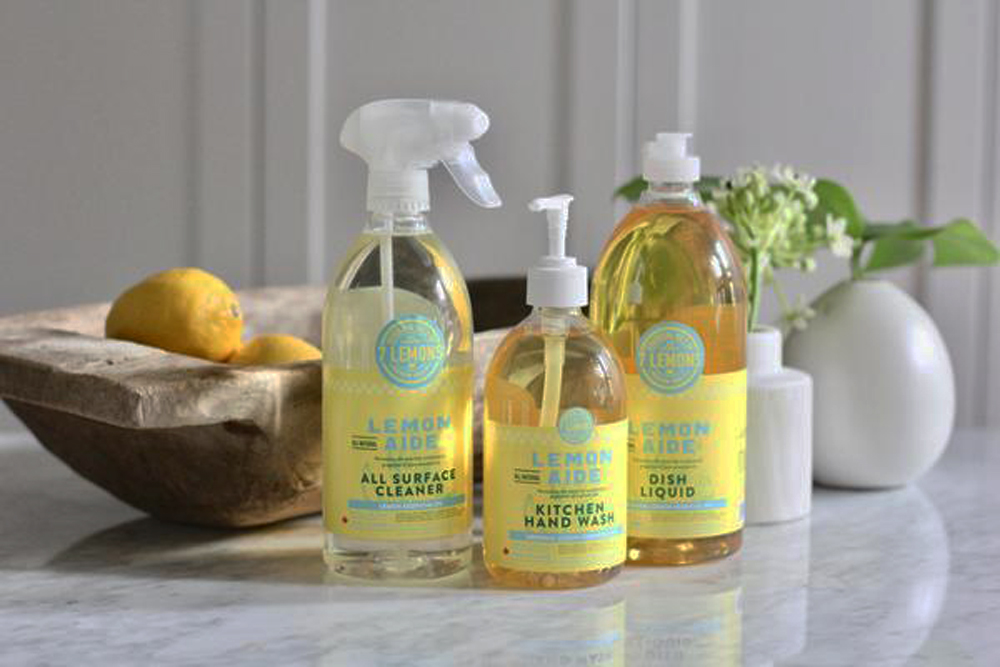
Use Natural Cleaning Prodcuts
All those cleaning products and air fresheners we grew up with are rife with toxic chemicals. In an effort to show the environment a little kindness, consider turning to an all-natural cleaning product or simply make your own vinegar and water concoction at home. Natural Cleaners, Lemon-Aide, $10/bottle. You can also learn how to make your own all-natural cleaning products and air fresheners.

Turn Off the Lights More Often
Take heed of how often you reach over to switch on the light in your house. Flicking them on in the daytime is total waste of energy and even in the evenings, they don’t necessarily need to be on depending on what you’re doing. You could also take it a step further and replace your old bulbs with LED options. There are also a variety of ways to brighten a kitchen when it’s starved of natural light.
HGTV your inbox.
By clicking "SIGN UP” you agree to receive emails from HGTV and accept Corus' Terms of Use and Corus' Privacy Policy.




